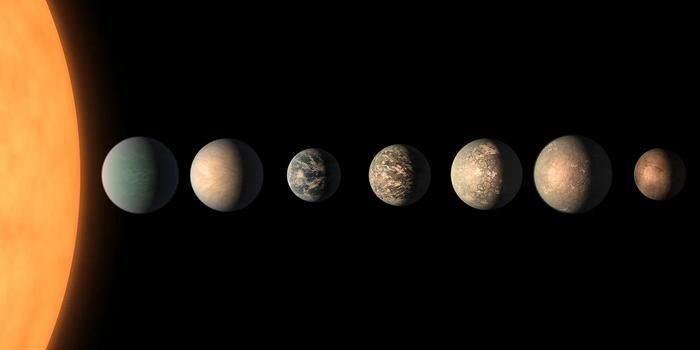In 2018, NASA will be sending a probe to orbit and study the Sun. The Solar Probe Plus, a craft about the size of a Toyota Yaris, will orbit closer to the surface of the Sun than any spacecraft has before. The goal of the mission is to study is to study the processes that heat the Sun's corona (its outer atmosphere) and create the solar wind, the strings of charged particles that the Sun hurls out into space, as well as the particles that are carried along with it. Scientists have long wanted this kind of close-up view of the solar winds. Though they are invisible to the naked eye, the solar winds affect the entire solar system.

The Johns Hopkins University Applied Physics Laboratory, or APL, in Laurel, Maryland has designed the Solar Probe Plus. They will also build and operate it for NASA. The mission recently passed a crucial milestone. It successfully completed its Critical Design Review, or CDR. During this process, NASA certified that the Solar Probe Plus mission design has reached the advanced stage and gave APL the green light to begin building, testing, and assembling all of the mission's elements. Essentially the project is moving from the drawing board to the factory floor.
The Solar Probe Plus is scheduled to launch from the Cape Canaveral Air Force Station in Florida atop a Delta 4-Heavy rocket. Over the course of six years, the probe will make 24 elliptical orbits of the Sun. Each orbit will bring it closer to the Sun. To keep from being pulled in to the Sun's immense gravity well, the Solar Probe Plus will have to be going very fast. Using seven gravity assist flybys of Venus, the probe will eventually accelerate to 125 miles per second or 0.067% the speed of light. As its speed increases Solar Probe Plus' distance from the Sun will decrease. The closest three orbits will bring the craft within a mere 3.8 million miles from the surface of the Sun. This may not seem all that close, but keep in mind that this will actually bring the Solar Probe Plus into the Sun's corona, its outer atmosphere, where it will face temperatures of 2500 degrees Fahrenheit.
Solar Probe Plus will carry four sets of instruments that will allow it to study magnetic fields, plasma, and energetic particles, and will image the solar wind. The craft and its instruments will need protection from the Sun's searing heat and radiation. To this end, it will be protected by a 4.5-inch-thick carbon-composite shield. This will allow the Solar Probe Plus to complete its observational odyssey before eventually meeting its fiery end.
(Source: NASA)









